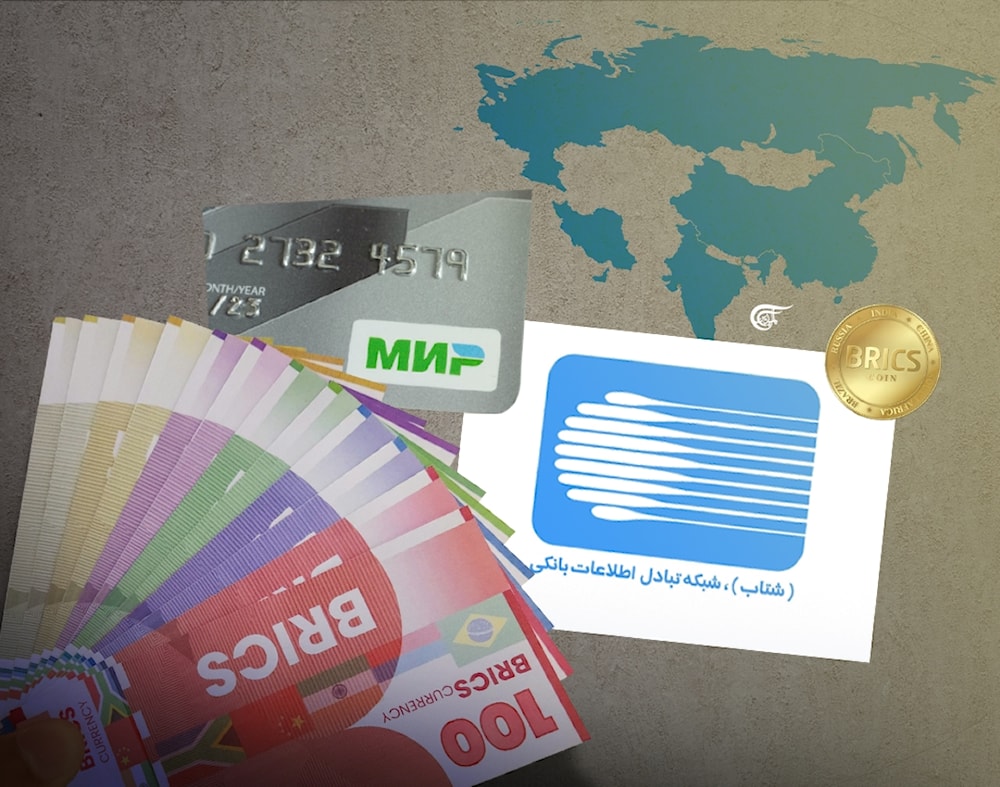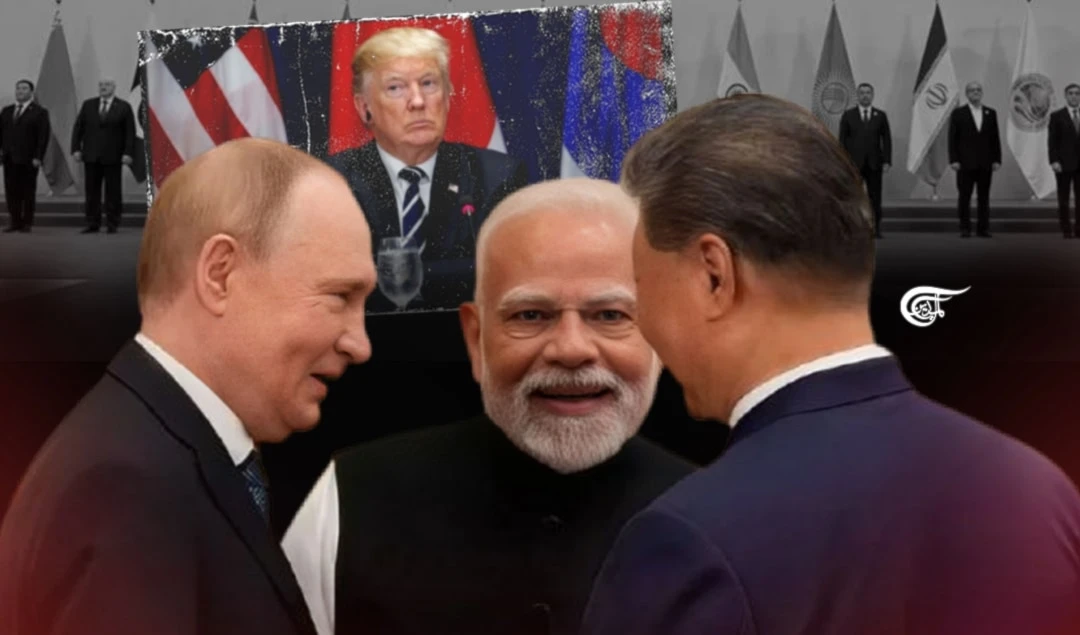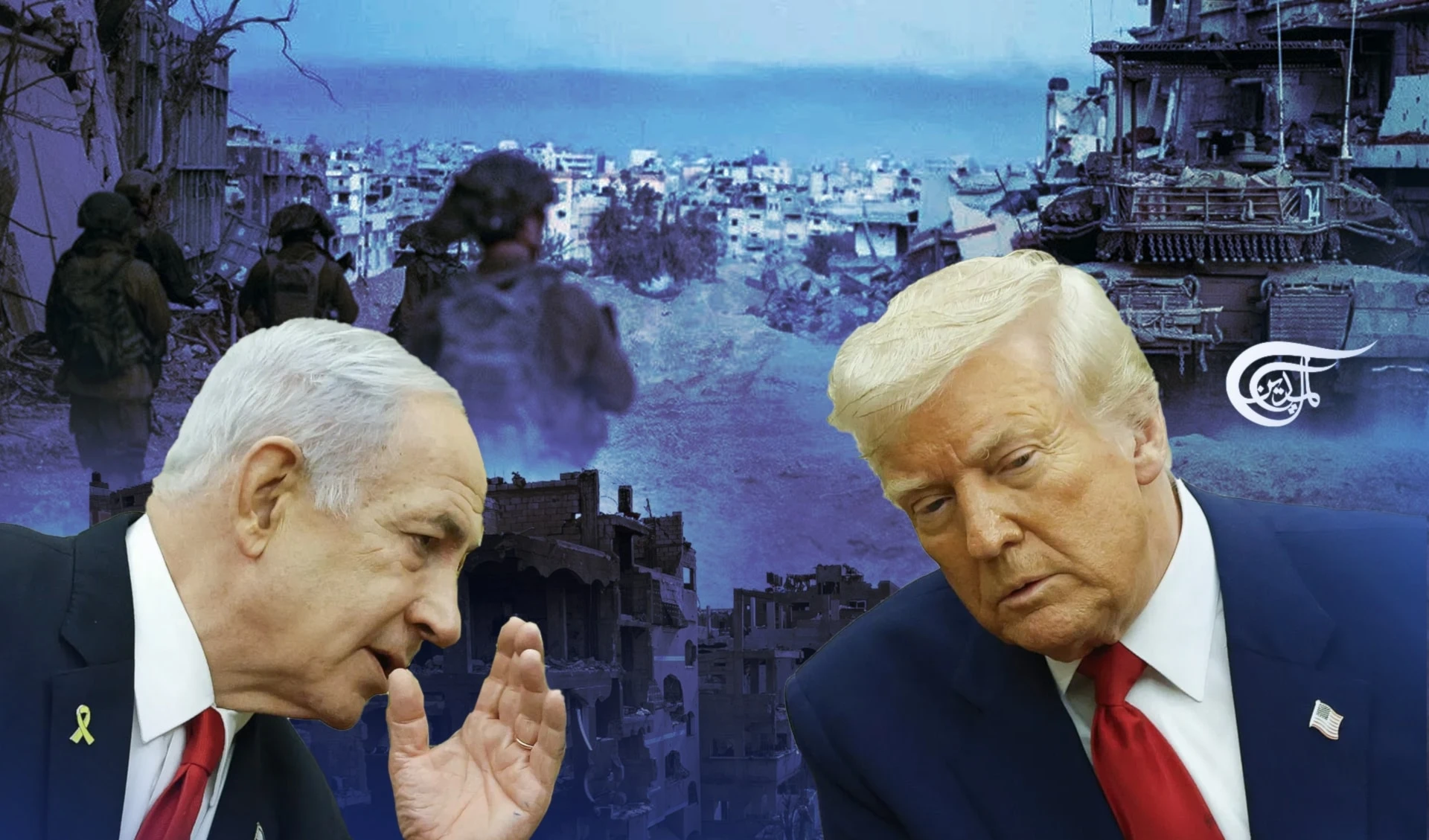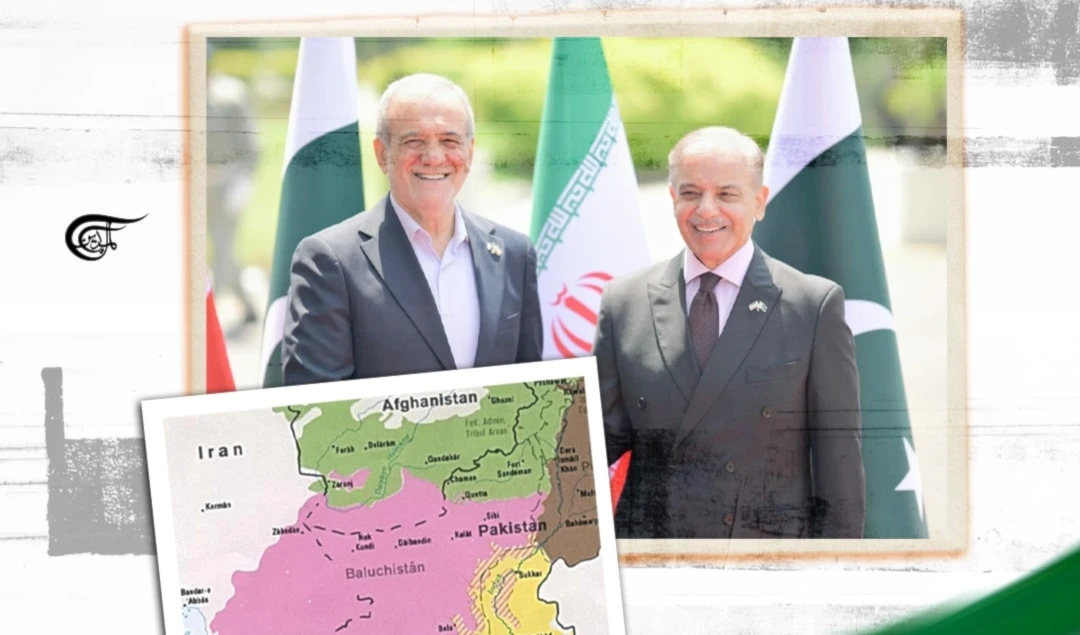Iran's plan to establish BRICS-wide currency could change global trade dynamics
The Iranian proposal promises numerous advantages by linking local currency systems, including mitigating dependence on global currencies, which are frequently susceptible to fluctuations and geopolitical influences.
-

The strategic use of local currencies in cross-border transactions is a promising strategy for a more integrated and resilient financial system as the global economy continues to evolve. (Al Mayadeen English; Illustrated by Zeinab El-Hajj)
Iran has suggested a common mechanism to connect the financial systems of all BRICS nations to facilitate smooth cross-border economic transactions using a common payment method and promote financial integration among the member states.
The plan tends to eliminate reliance on the US dollar, expedite transactions, and fortify economic relations among the BRICS bloc’s developing economies by establishing a common currency.
The BRICS are going to have a fascinating time navigating the trade-offs and agreements that come with integrating their financial systems. This bold step might lead to a more varied and balanced international monetary system, establishing the BRICS countries as forward-thinking leaders in the dynamic field of global finance.
Russian state-owned news agency TASS, quoting the head of the Central Bank of Iran, claimed that starting August 22, Iranians can withdraw rubles from Shetab smart cards at Russian ATMs and make purchases in Russian stores. The next phase will allow Russians to use Mir cards in Iran and purchase Iranian products. Presently, twelve countries and territories, including Abkhazia, Belarus, Cuba, and South Ossetia, accept the Mir payment card, with plans to introduce it in Egypt, Iran, Mauritius, and Myanmar. Six other countries are also considering its use.
What Iran proposed
Iran's proposal to link the payment systems of BRICS member countries would entail common settlements through ATM withdrawals using the member countries' bank cards. This would lead to the development of a unified payment method, BRICS Pay, for financial transactions between the member states. Iran also recommends establishing a cloud platform to integrate national payment systems and an online wallet for system access, which will enable merchants to make payments via smartphones. Furthermore, Iran underscored the potential for BRICS national payment systems to supplant Visa and Mastercard transactions.
Nasser Kanaani, spokesperson for Iran's Ministry of Foreign Affairs, suggested at a press conference that the BRICS member nations should establish a collaborative method to connect their financial systems. This would enable a cohesive cross-border framework for mutual trade, Kanaani asserted. The economic systems of the BRICS member nations, he said, were gradually becoming more closely interconnected in response to significant global geopolitical shifts.
"At a bilateral level, Iran and Russia have successfully linked their national payment systems via their respective central banks, creating the necessary conditions for the transfer of trade payments to national currencies. During our ongoing discussions, Iran has proposed to the Russian side to expand this mechanism to the BRICS countries. The Russian side views this proposal positively," Kanani said.
He emphasized the need to expand the current payment system between Iran and Russia to all member states to improve multilateral trade among the BRICS members. Countries like Iran and Russia have realized the importance of enhancing their economic autonomy by employing their national currencies for trade transactions, thereby reducing their susceptibility to fluctuations and risks in the global financial system. These bilateral agreements have the potential to accelerate the transition to a more multipolar and diverse global monetary system.
Iran and Russia have effectively established the essential conditions for the transfer of trade payments to national currencies by connecting their national payment systems through their respective central banks at the bilateral level. Iran continues to engage in negotiations with Russia about the potential expansion of this mechanism to include the BRICS countries, the diplomat stated.
Earlier In St. Petersburg on July 4, Governor Mohammadreza Farzin of the Central Bank of Iran after having several rounds of talks with Governor Elvira Nabiullina of the Bank of Russia, evolved a consensus on a mutual payment system. At the end of his visit on July 6, he stated that both parties had agreed on the integration of the Russian Mir and Iranian Shetab payment systems. Mir and Shetab, he said, will work to facilitate the use of this banking service by Russian and Iranian traders in each other's countries. They had also signed an agreement to provide liquidity to national currencies for commercial transactions.
Globalization and a new economic order
In an increasingly interconnected world, the need for cost-effective and efficient cross-border economic transactions has never been more pressing. The conventional dependence on major currencies, such as the US dollar, has been the subject of scrutiny as globalization continues to transform the economic landscape. The strategic integration of local currencies across borders is a promising solution to this challenge, as it has the potential to considerably expedite financial systems and promote greater economic cooperation.
The Iranian proposal promises numerous advantages by linking local currency systems, including mitigating dependence on global currencies, which are frequently susceptible to fluctuations and geopolitical influences. By enabling transactions in local currencies, businesses and individuals can reduce the risks associated with exchange rate volatility and currency conversion fees. This, in turn, can result in more predictable financial planning for cross-border operations and reduce transaction costs.
Moreover, the utilization of local currencies in international trade and investment can foster increased economic self-sufficiency and resilience in the countries that are involved. By bolstering the role of local currencies, these countries can more effectively protect their domestic markets from external disruptions and maintain a greater degree of control over their economic policies. This degree of financial autonomy can be especially beneficial for developing nations, which frequently encounter difficulties in navigating the intricacies of global currency markets.
In the same way, the integration of local currency systems can encourage stronger economic relationships and collaboration among neighboring countries. By allowing businesses to engage in regional trade and investment activities more readily, the facilitation of simpler cross-border transactions leads to increased economic interdependence and shared prosperity. This, in turn, can contribute to the strengthening of diplomatic relations and enhance regional stability.
Spadework for financial unification
Analysts and economic experts believe that the meticulous coordination and policymaking of the participating countries are essential for the successful implementation of a local currency integration framework. The BRICS must address significant obstacles, such as the harmonization of regulatory frameworks, the establishment of trust in the new financial ecosystem, and the development of robust settlement mechanisms, to ensure the successful implementation and long-term sustainability of these initiatives. It will be imperative to engage in dialogue with relevant stakeholders, including the private sector, financial institutions, and central banks.
The strategic use of local currencies in cross-border transactions is a promising strategy for a more integrated and resilient financial system as the global economy continues to evolve. This approach, by reducing dependence on dominant global currencies and promoting greater regional economic cooperation, has the potential to open up new opportunities for development and prosperity, thereby contributing to a more sustainable and equitable global economic order.

 F.M. Shakil
F.M. Shakil
 7 Min Read
7 Min Read











